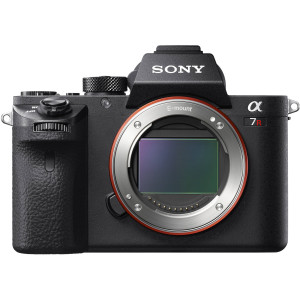
I’ve been a big Sony A7s shooter, buying the camera and loving it for my natural light photography needs. Â I loved the camera so much I sold my old Canon gear and switched to Sony exclusively, since it was better in every way to a Canon 5D II for my shooting scenarios with the exception of battery life and resolution. Â That tradeoff was easy to make and I have never looked back.
Last week, I rented a A7r II and wanted to post some of my notes of differences between shooting on that and the A7s. Â If you’re looking for a full review, look elsewhere.
Shooting Ergonomics
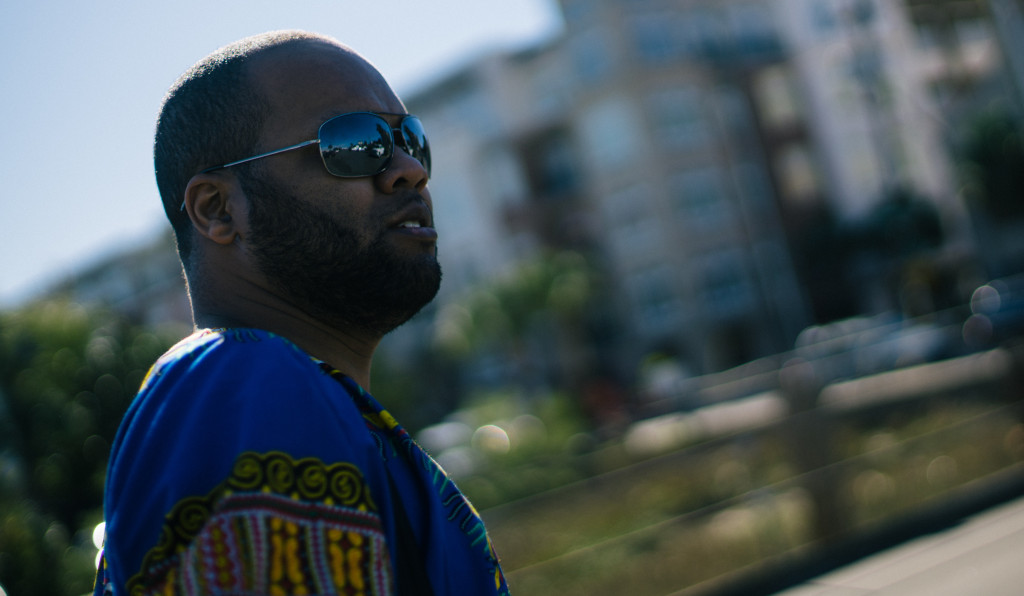
My first assumption was that position of the shutter and grip changes would be a huge difference and take some time to get use to. Â The A7r II was just as easy to use as the A7s with one small exception: Â The C1 and C2 buttons are a little more difficult to get to. I use C1 often to do a focus zoom when focusing prime lenses, and its just more difficult to hit. Â I never got use to the position change from the A7s.
Photographers write about the shutter speed/iris dials on the front and back being worse on the II models of the Alpha series cameras, but I actually found them easier to turn while shooting. Â Also they are more recessed to prevent accidental knocking.
The weight difference between the two bodies is negligible. Â Your lenses weigh much more so you will hardly notice.
The worst part is the mode dial lock they have added. Â You now need two hands to switch the mode on the camera, and it is not a locking push button like what you have on the GH4 where lock is engaged when you want it. Â The lock always requires two hands to change modes. Â This is pretty disappointing as the mode dial never moved on its own on Mark I Alpha models, and now switching between video modes and still modes takes even longer.
The viewfinder is larger, but it’s not a difference that made me go “Oh my god!” like many other camera reviewers said. Â I had no problems going back to the smaller viewfinder of the A7s after shooting with the A7r II.
Firmware Quirks
The Firmware of the camera has some smart things that Sony has included, but like other Alpha series cameras it has some boneheaded moves that really turn off professional photographers.
- No Favorite menu still. Â Where is format option again? Who knows!
- In SLOG2 shooting mode, you cannot control the screen or viewfinder brightness, making it even MORE difficult to use in sunlight over your A7s.
- Still can’t make the shutter button shoot video when in video modes.
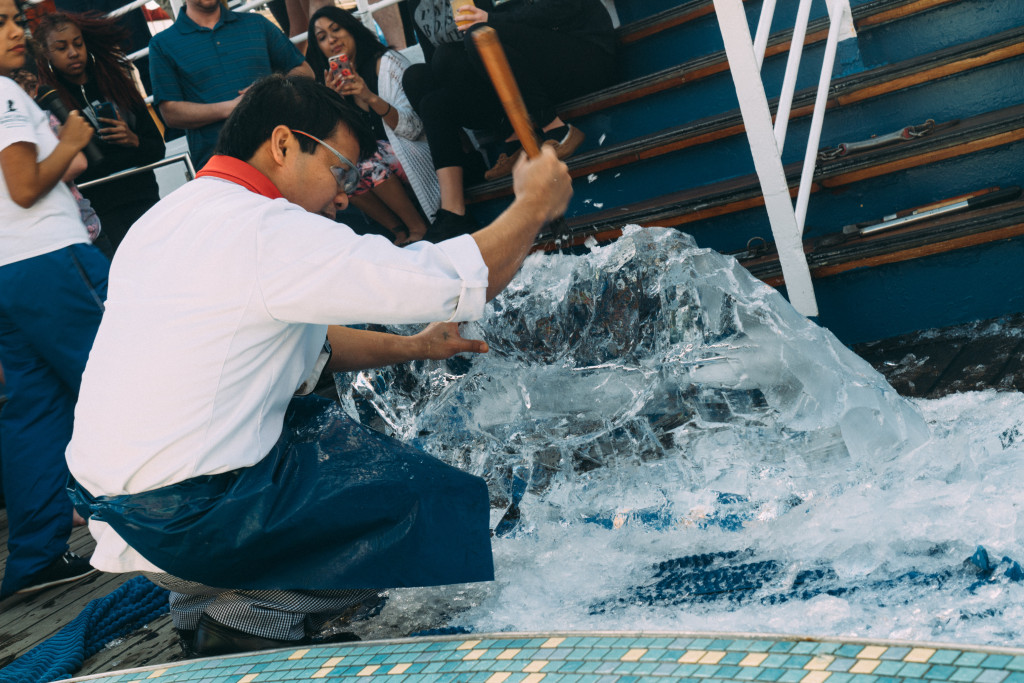
But there are some good things in the firmware that are welcome to all shooters:
- Setting the APS-C mode to auto allows you to shoot full frame photos, and when you switch to video mode, it flips to the superior image quality APS-C crop mode.
- You can bind more functions to the Custom buttons, like Silent shutter mode. Â However it pulls up a two option menu. Â I wish it would just flip those features on/off instead of hitting C2, pressing down, and then enter.
Shooting Experience
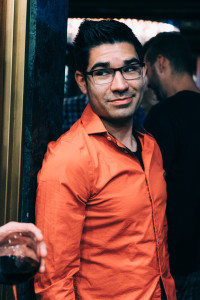
A7r II shooting experience is mixed compared to the a7s. Â In some ways I actually prefer the smaller body handling of the A7s when carrying the camera as you don’t have to have as many fingers on the grip to balance it. Â It’s hard to explain but when you grip both side by side you’ll see what I mean.
Since the camera is shooting 42mp images you’ll most likely run into longer buffer times where you will be unable to review the photo while it’s being written to the card.  I shoot compressed RAW mode and almost never hit a buffer issue with my A7s, but with the A7r II, it was a regular occurrence.  At 41MB vs 12.2 per image, the discrepancy between speeds is easy to notice, Seeing as you can’t even write one image per second even on the fastest SD cards.
Shooting video in Slog2, Sony rates the camera at ISO 800.  You’ll still need ND to shoot outdoors on sunny days to prevent over exposure at 1/50th shutter speed, but you’ll find you won’t need as much ND compared to the A7s. It doesn’t feel like a 2 stop difference between the S and the r II.  However I would let someone in a lab test that out before I say one way or another.  Either way, don’t sell off your ND filters just yet, as you’ll need them for anything outside, sun or shade.

I used a Metabones Mark IV (V 0.47)  adapter with my single canon lens I still own, a 50mm f/1.4, which is notorious for poor autofocus speeds. Autofocus with this lens is usable on the A7r II, but it’s still not something you want to rely on.  First, it’s almost impossible to use unless you shoot in single spot AF. When the autofocus has enough detail to focus, it works almost as quick as a native lens.  Almost. Things get more aggravating if you’re on a smooth area, like a solid shirt, or smooth area of a cheek. You’ll miss your shot while the camera hunts for focus and then the moment is gone.  Also notable is the camera will tell you that a face is in focus with a green box, but it really just hit the tip of the nose, so shooting at wide open is still a problem for anything other than slow moving subjects.
Even with native Sony lenses, I found that the phase detection in the r II favored subjects closer to the camera instead of faces, so picking people out of a crowd was HARDER on the r II, than on the S model. Â I found myself switching to single spot focus, which is a letdown since the wide area focus tends to save more time than spot focus/reframing. Â Even though autofocus is on average about 50-100ms faster on the r II, hitting the wrong subject multiple times ultimately makes the S a faster auto focus camera when using the wide focus mode. If you’re a small spot focus user, you’ll find the r II to be always faster.
Image Quality
This is the reason why you’re jumping through all these hoops is the 42mp image that this camera can produce, and the very clean 4K video that in 99% of shooting situations shows no aliasing.

Yes, it’s as good as they say. Â Yes you can crop in like crazy and produce great prints. Â Yes the noise pattern at and under ISO 1600 is just as good as the A7s when zoomed up 1:1.
A7r II shots quickly degrade in quality when you shoot at 6400 and above.  I found myself switching back to the A7s at night since it auto focused quicker in dark scenes than the A7r II.  It’s possible that the contrast detection is faster on the S model since it has less pixels to look through, but I’d love to hear Sony’s word on it.
If you’re shooting at night, pull out your S unless you have fast primes. Â The F/4 zoom lenses are fine on the A7s with natural lights and interiors at night, but really lag on the A7r II.

Out of camera color seems to be better on the A7r II, but after you run it through plugins like Visco Film, it won’t matter in the end.  But if you’re doing fast turnaround work, you’ll get better color and resolution images from the A7r II.
Wrap up
The A7s is a camera I will still be keeping because it just performs better at nighttime shooting with natural light where a lot of my shooting occurs. Â The A7r II will produce a superior image if you give it enough light, but suffers from some speed issues in autofocus and card speed writing in my usage. Â I will rent the A7r II again when the time comes for shooting more photos on trips or daytime weddings, but as for an everyday camera I will hold off as the S model is really just as good for the kinds of images you’ll be sharing on the web.
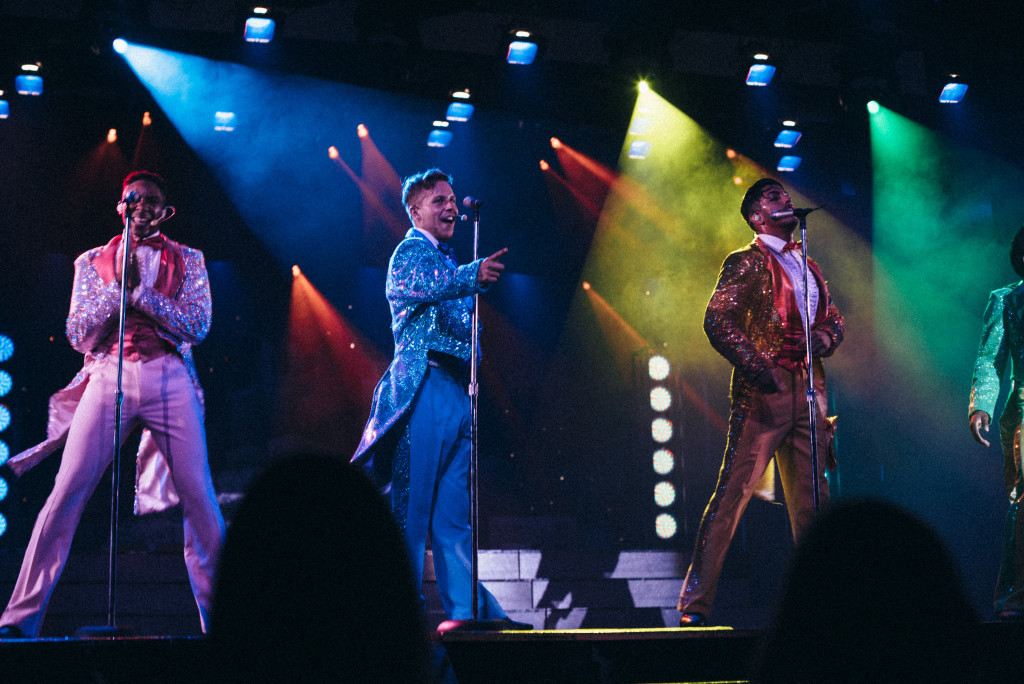
All images processed in Adobe Camera Raw with Visco Film filters. Images were resized to 3096 pixels across and converted to sRGB 90 quality Jpegs so they would not break my server.